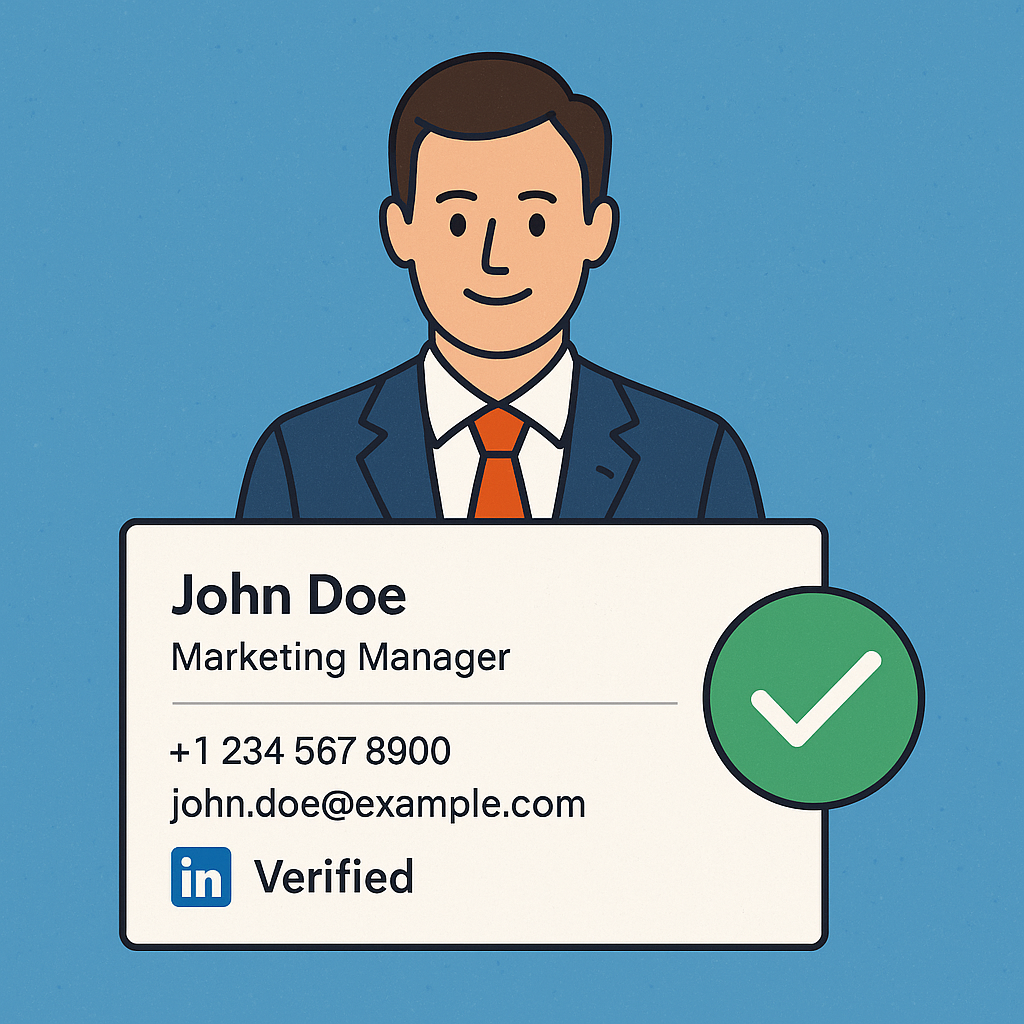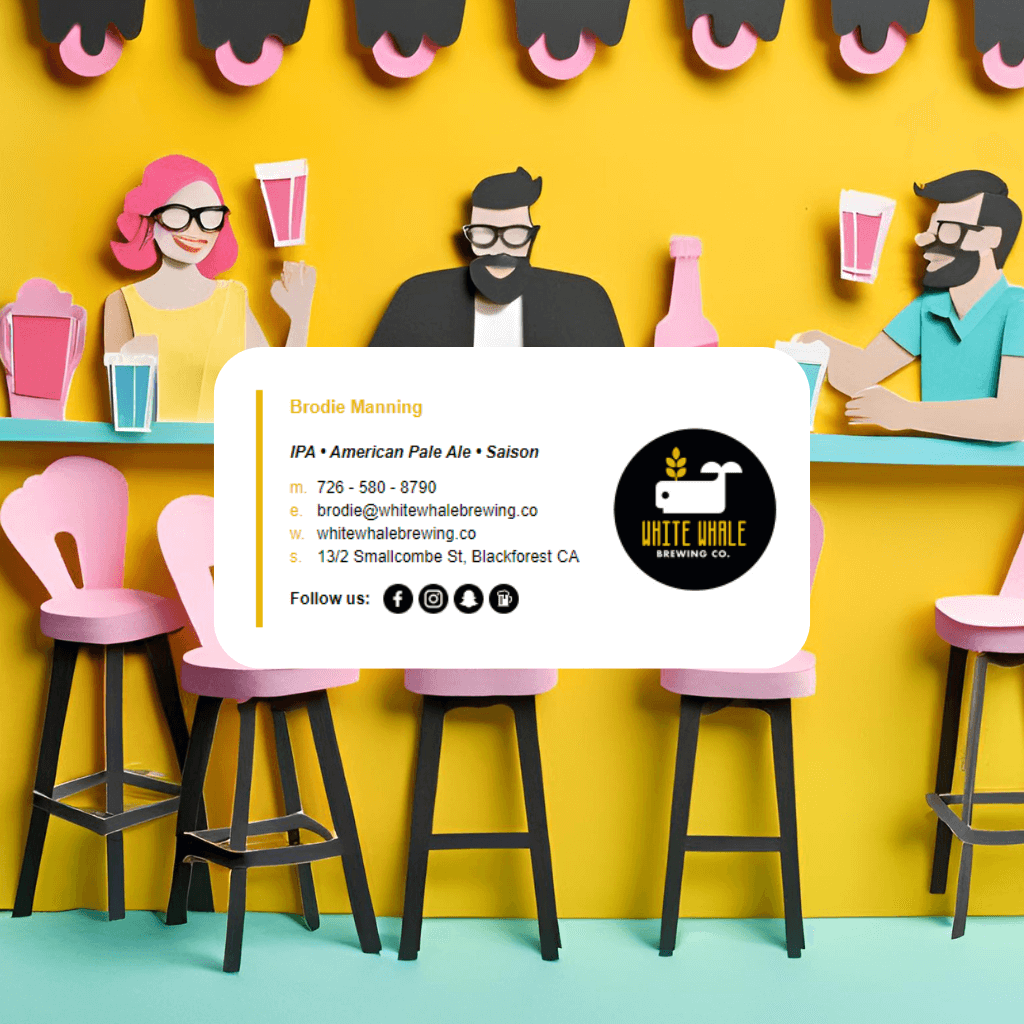It’s shockingly easy now for bad actors to impersonate real professionals. With AI, they can spin up a believable website in minutes, craft polished cold emails with perfect grammar, and even generate fake team pages with headshots that look indistinguishably real. The kinds of scammers we used to spot instantly—thanks to broken English, weird formatting, or obvious red flags—are now coming across as well-spoken, credible professionals. And it’s working. I’ve seen people fall for these AI‑crafted facades because everything looks legit at first glance. That’s why proving your identity through verified links and consistent branding—especially in your email signature—is no longer just smart; it’s essential.
TL;DR
- Trust is no longer implicit, it's something you have to show.
- In 2025, deepfakes and AI-generated interactions are common, making it harder than ever to prove you’re a real person.
- Embedding verification links (like LinkedIn verification) directly in your email signature gives instant credibility.
- Tools like Email Signature Rescue and SigStudio make it easy to design signatures that demonstrate your humanity and trustworthiness.
- I’ve personally seen how verified signatures saved business relationships and protected my company from scams.
Key Takeaways
- Add human verification to your email signature to protect your reputation and reassure clients.
- Use real-world, verifiable links (like LinkedIn verification) embedded directly in your name or title.
- Choose tools like Email Signature Rescue or SigStudio to manage consistent, trust-building signatures across your team.
- Share real human stories in your outreach, and don't be afraid to acknowledge the digital distrust environment we're all operating in.
- Your email signature isn’t just branding, it’s proof you’re not a bot.
We Used to Assume People Were Real
There was a time, honestly not that long ago, when receiving an email from a CEO or sales rep meant you were dealing with a person. Not a bot, not a clone, not an AI-generated duplicate of someone else.
But those days are over.
In 2025, digital impersonation has evolved from a fringe scam to a mainstream threat. I’ve personally experienced it more than once. One day I was negotiating what looked like a legitimate partnership with a software reseller overseas. We’d exchanged a few emails, and then I received a video message, smiling, confident, addressing me by name. It looked like the same person from their LinkedIn.
But something felt off.
Deepfakes Are Getting That Good
I ran the video through a quick reverse image search and found their face attached to three different companies. Turns out, it was an AI-generated deepfake crafted from online conference footage.
This wasn’t a junior staffer testing out AI tools for fun. It was someone posing as a real exec, trying to close a fake deal. Had I wired payment or shared sensitive info, I might’ve been facing a legal and financial mess.
It was a wake-up call. And it made me rethink everything about how I present myself online.
The First Place People Check? Your Email Signature
That incident changed the way I structure my outbound communication. Today, every email I send ends with a signature that includes:
- A direct link to my LinkedIn profile, complete with identity verification.
- My full name and title, hyperlinked to the verification page.
- A small "Verified by LinkedIn" badge next to my name.
- Our business logo, phone number, and a call-to-action to confirm my identity if needed.
I built this using Email Signature Rescue, a tool that makes it ridiculously simple to design professional, on-brand signatures. And for managing this across our team of remote staff, SigStudio helped us create a unified signature system that embeds verification and trust signals across all email clients.















